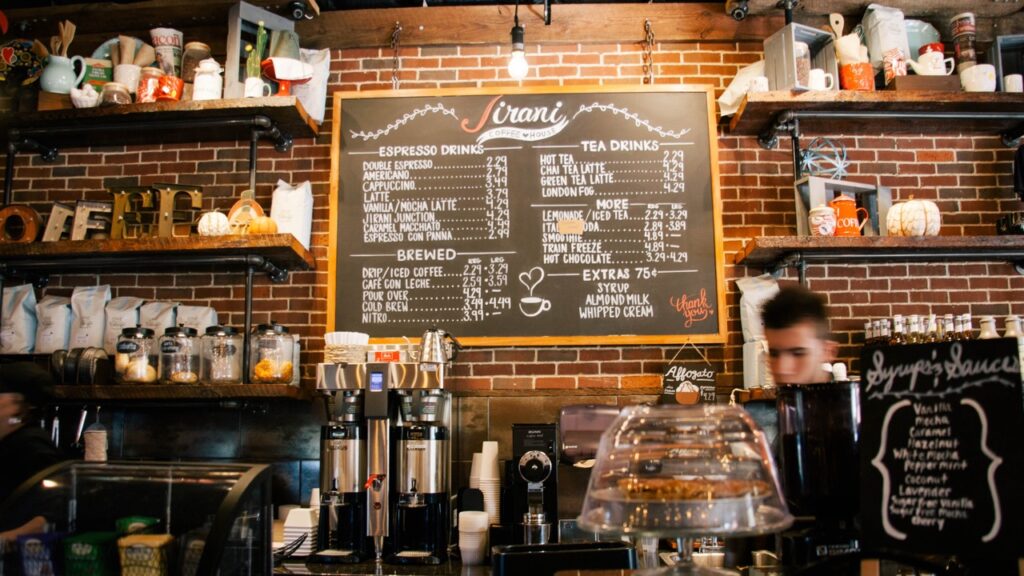
The restaurant industry is booming and businesses need more comprehensive analytics tools to gain insights into customer behavior. With the ever-increasing demand for data-driven insights, the popularity of restaurant product analytics tools has increased considerably. By leveraging the power of big data, restaurants can gain valuable insights into their customers and their buying habits.
Finding the right restaurant analytics tool for your business can be challenging, as there are many options available. To make it easier, this article outlines 10 things to consider when choosing a restaurant product analytics tool.
1. Start with the Basics: When considering a restaurant product analytics tool, start by looking at the foundation. Determine the type of data you will need to access and analyze, as well as the tools and reporting capabilities you will need. Some analytics tools focus on specific data points like menu purchases, customer reviews, sales and traffic, while others offer a more comprehensive experience.
2. Identify Your Goals: Once you have determined the type of data you need, you should consider your business goals. Some goals may include monitoring customer satisfaction trends, analyzing customer spending patterns or uncovering insights into which dishes work best with customers.
3. Review Your Reporting Needs: As you search for a restaurant product analytics tool, make sure to review the reporting capabilities. Ideally, the tool should offer a detailed overview of customer preferences, sales, expenses, and menus.
4. Cost Efficiency: Cost efficiency is an important factor to consider when selecting a service. You should ensure that the cost of the tools is proportional to the features you will be receiving.
5. Data Quality: Data accuracy and quality are essential for any analytics tool. Be sure to ask the provider about their data sources and how frequently the data is updated.
6. Customer Service: Restaurant owners need reliable support when using their analytics tools. Be sure to inquire about the customer service offered by the provider and what type of training and support they can provide.
7. Security: Restaurants should make sure the provider focuses on data security and provides secure data access measures.
8. Integration: Consider how easily the tool can be integrated into existing systems. Many tools offer seamless integration with current systems, making it easier to transition to a new analytics tool.
9. Easy to Use: A user-friendly interface is essential when selecting an analytics tool. It should be easy to navigate and understand, as well as tailored to the specific needs of the restaurant.
10. Flexibility: Restaurants should look for an analytics tool that provides the flexibility to customize the data visualization. This will ensure that the data can be used in the most meaningful and efficient manner to suit the needs of the restaurant.
Once you have identified your restaurant analytics needs and goals, researching the various options available is essential. Be sure to review all of the factors outlined above to make sure you are selecting the best product analytics tool for your restaurant.